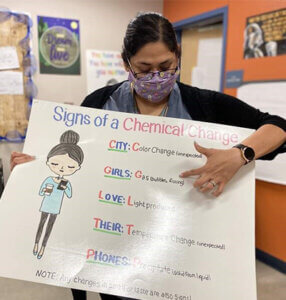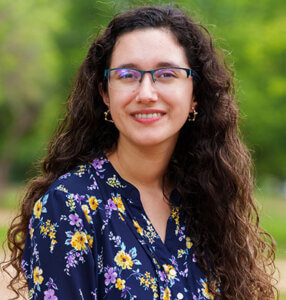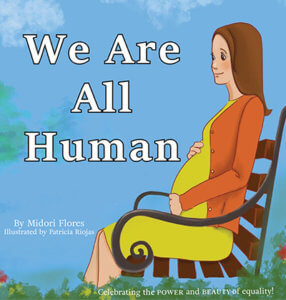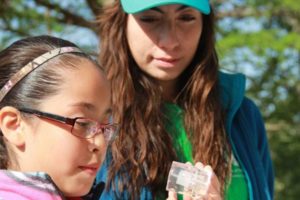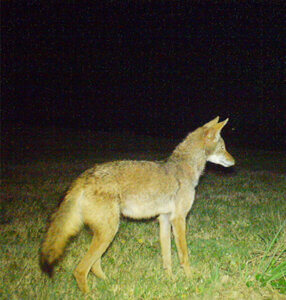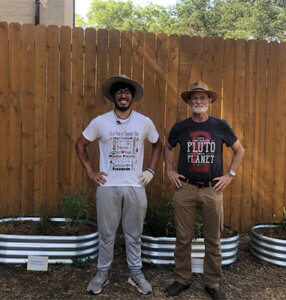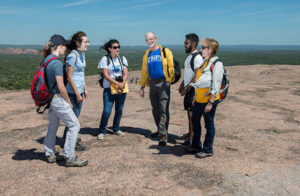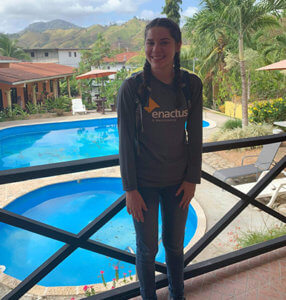Degree
- Minor https://www.stmarytx.edu/academics/programs/environmental-science/ https://www.stmarytx.edu/wp-content/uploads/2019/11/environmental-science-ug-research-900×600-1.jpg
- Bachelor of Arts https://www.stmarytx.edu/academics/programs/environmental-science/ https://www.stmarytx.edu/wp-content/uploads/2019/11/environmental-science-ug-research-900×600-1.jpg
- Bachelor of Science https://www.stmarytx.edu/academics/programs/environmental-science/ https://www.stmarytx.edu/wp-content/uploads/2019/11/environmental-science-ug-research-900×600-1.jpg
- Teacher Certification https://www.stmarytx.edu/academics/programs/environmental-science/ https://www.stmarytx.edu/wp-content/uploads/2019/11/environmental-science-ug-research-900×600-1.jpg
Department Chair
Environmental Science at St. Mary’s
Environmental Science is the study of how we affect, and are affected by, our surroundings. Government agencies and private industries employ environmental scientists to examine our air, water and soil, and to establish policies that ensure the environment is safe and resources are used in sustainable ways.
Today’s environmental problems call for scientists who are educated in more than one discipline, highly trained in technical skills, and aware of the political and social dimensions of environmental problems and how to make decisions with regard to these situations.
Program of Study
The Environmental Science degree plans allow students to explore a specific area of interest including Geosciences, Ecology and Education with both Bachelor of Science and Bachelor of Arts options.
Students gain a strong foundation of scientific knowledge and professional skills which will enable them to assess a variety of environmental issues and develop and implement solutions.
Degree Plans
All degree plans share a core class requirement of 51 hours with different elective options for each plan.
St. Mary’s also offers minors within the Department of Environmental Science and Sustainability:
Highlighted Courses
Students in this program explore Earth and Environmental Science issues from both a scientific and policy perspective. Courses include:
- Advanced Spatial Analysis
- Energy Resources and the Environment
- Environmental Policy and Regulation
- Global Change
- Hydrogeology
- Introduction to Sustainability



What can I do with a degree in Environmental Science?
Environmental scientists explore Earth’s systems of energy and matter to characterize our planet and understand how it responds to different and perhaps changing conditions. By studying the Earth and its resources, we recognize that certain substances and conditions must be monitored on a regular basis to ensure a clean and safe environment. Using this information, environmental scientists help to develop environmental policy to govern the use of technology and more effectively steward the resources of nature.
Environmental Science is a growing field, and one with many career possibilities. According to the U.S. Bureau of Labor Statistics, the need for environmental scientists and specialists is projected to grow faster than the average for all occupations through 2028.
Our experienced faculty work closely with our students with the goal of having them ready to graduate in four years. All our faculty have significant industry experience and mentor students in different career opportunities.
Students who complete the program are prepared for many careers, including:
- Elementary and secondary school teacher
- Environmental consultant
- Environmental education specialist
- Environmental policy analyst
- GIS analyst
- LEED® Green Associate
- Nature conservation specialist
- Waste management specialist
- Water quality scientist

Environmental Science is a very versatile major which can be done stand-alone or as a complement to any other major. You can be pursuing a business degree, engineering degree or any humanities degree and make Environmental Science a focus.”
Regina de la Parra (B.A. ’22)
Outside the Classroom
Undergraduate Research Opportunities
The Environmental Science professors at St. Mary’s are engaged not only in their classrooms but also in their related research, including wildlife ecology in rural and urban environments, hydrogeology, geochemistry, geophysics as it relates to water supply, cave science, and environmental impact assessments. Faculty work diligently with students to ensure they receive extensive fieldwork experience before they graduate from the program.
Environmental Science students are actively engaged in undergraduate research, working with our faculty in the field and in the laboratory. Students explore topics such as wildlife activity in the Texas Hill Country, the habitat of 25 million-year-old fossil fish, the potential effects of fireworks on an urban lake, and the atmosphere in caves around San Antonio.
Students can spend a semester abroad or at our sister university on the island of Oahu (Chaminade University in Hawaii) to learn about the environment in different parts of the world.
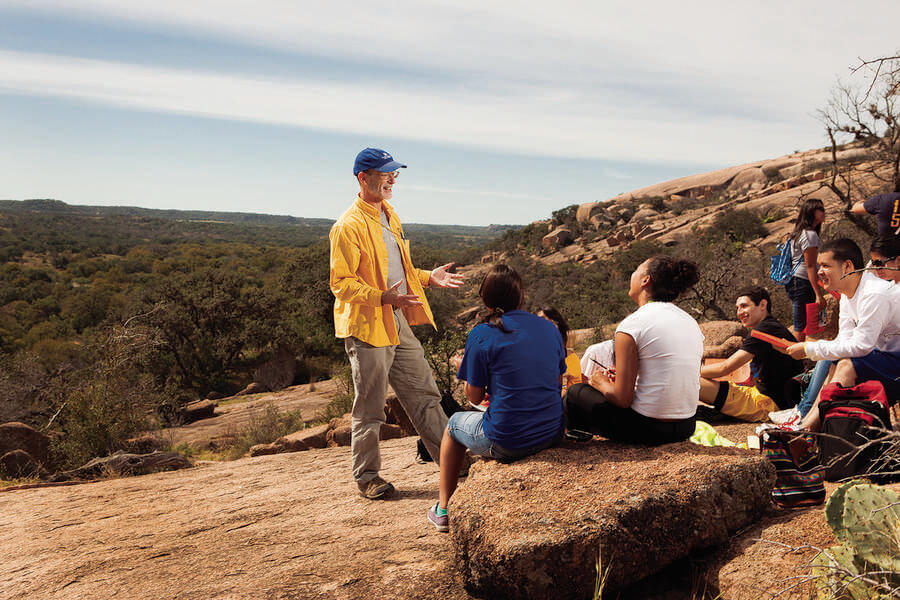
Internships and Applied Projects
Our faculty also work actively with students to research, identify and apply for summer internships. Most of these internships are paid, and our students have conducted environmental research around the United States and even abroad in places like French Polynesia, Costa Rica, Turkey and Brazil.
Students have gained real-world experience at places and organizations such as:
- Biosphere 2
- Bracken Bat Cave Preserve
- City of San Antonio
- Geological Society of America
- Government Canyon State Natural Area
- Greater Edwards Aquifer Alliance
- Edwards Aquifer Authority
- National Oceanic and Atmospheric Administration (NOAA)
- National Park Service
- National Science Foundation
- San Antonio River Authority (SARA)
- San Antonio River Foundation
- San Antonio Water Systems (SAWS)
- U.S. Department of Veteran Affairs
Student Activities and Resources
Environmental Science students at St. Mary’s are engaged in a full range of extracurricular activities, including service in the community; fraternities and sororities; the Environment, Conservation and Outreach (ECO) Club; and Rattler Athletics like soccer, golf and tennis.
The ECO Club provides students with opportunities to participate in a variety of outdoor activities, including camping, hiking, trail maintenance activities at local parks, and clean-up events on campus and in the surrounding community.
With St. Mary’s University’s recent commitment in 2021 as a Laudato Si’ university, Environmental Science students are actively engaging with faculty and administration to develop a seven-year plan for a more environmentally sustainable campus that aligns with Pope Francis’s call for all people of goodwill to care for the Earth, our common home.
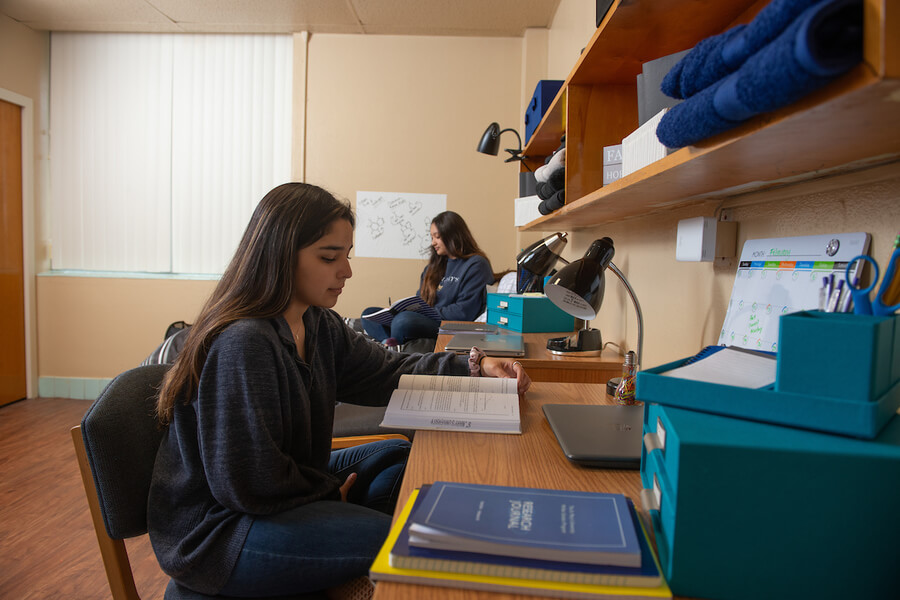
Science Living Community
Students majoring in any science — from Physics to Computer Science, Biology to Engineering — can join the Science Living Community. Members live together and can participate in a variety of programs throughout the year.
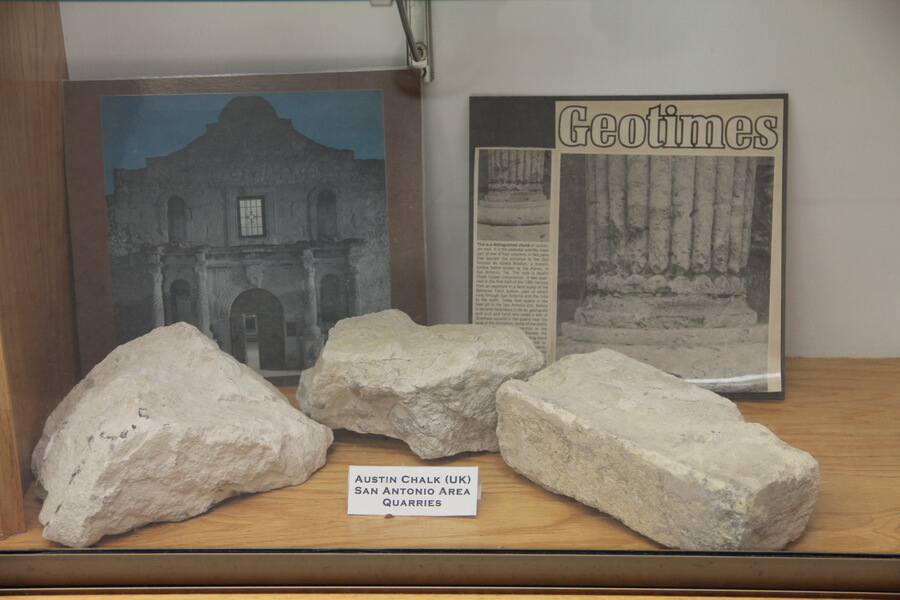
The David J. Fitzgerald Museum of Earth Sciences
The David J. Fitzgerald Museum of Earth Sciences is an educational addition to the Environmental Science department. This museum contains exhibits that display the findings of various minerals, fossils and other geological elements. Below is a sample of the many items collected over the years that have allowed students and staff to create the captivating museum we have today.
Course-Based Research
Students in the Environmental Science majors gain research experience through many of their courses. Our projects are designed to work with community partners in order to study our environment and address the concerns of our San Antonio area citizens.
Faculty
-
 Evelynn Mitchell, Ph.D. Chair, Department of Environmental Science and Sustainability
Evelynn Mitchell, Ph.D. Chair, Department of Environmental Science and Sustainability -
 Melissa Karlin, Ph.D. Professor of Environmental Science
Melissa Karlin, Ph.D. Professor of Environmental Science -
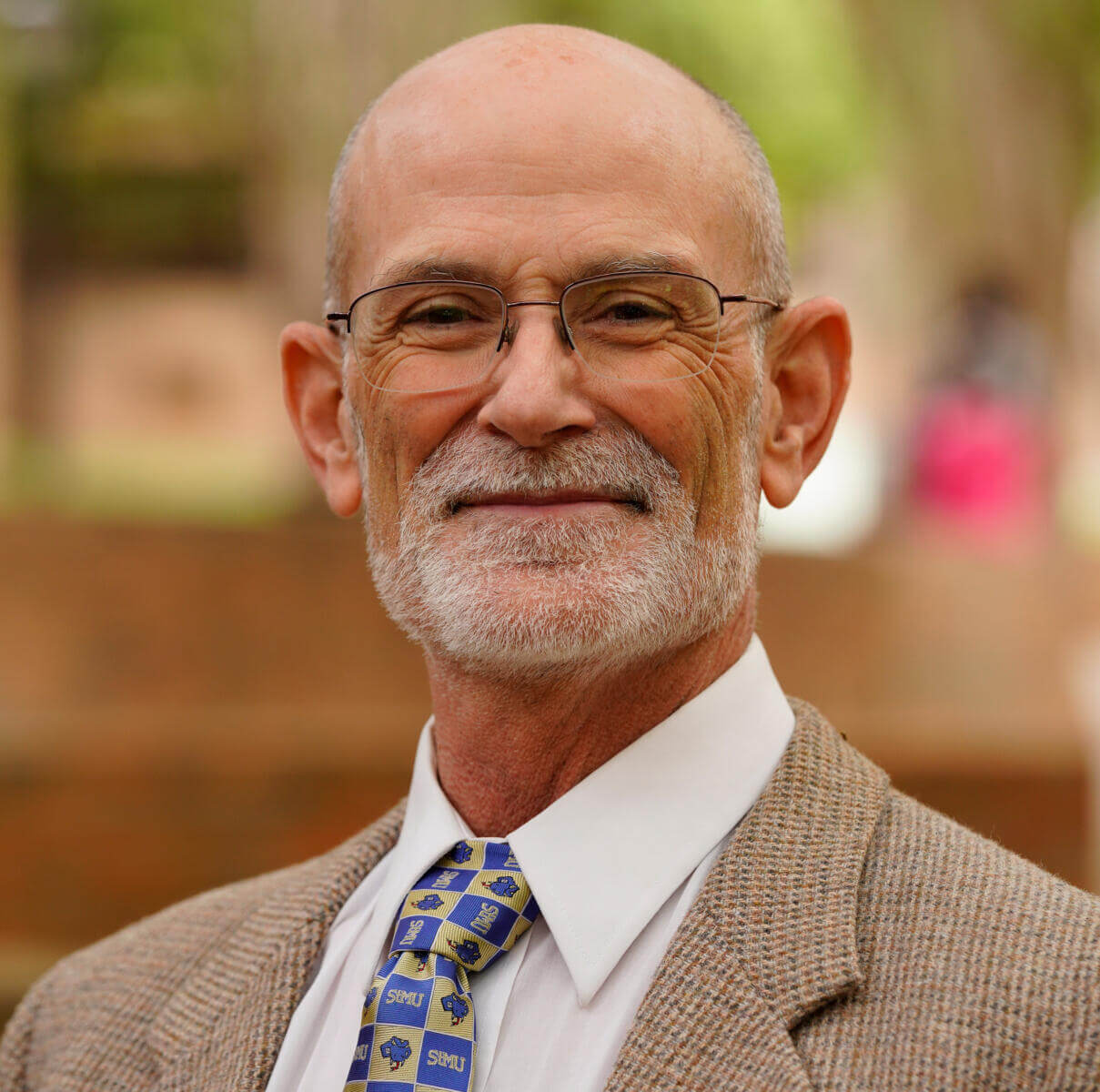 David Turner, Ph.D. Professor of Environmental Science
David Turner, Ph.D. Professor of Environmental Science
Similar Programs

Biology
- Minor https://www.stmarytx.edu/academics/programs/environmental-science/ https://www.stmarytx.edu/wp-content/uploads/2019/11/environmental-science-ug-research-900×600-1.jpg
- Bachelor of Arts https://www.stmarytx.edu/academics/programs/environmental-science/ https://www.stmarytx.edu/wp-content/uploads/2019/11/environmental-science-ug-research-900×600-1.jpg
- Bachelor of Science https://www.stmarytx.edu/academics/programs/environmental-science/ https://www.stmarytx.edu/wp-content/uploads/2019/11/environmental-science-ug-research-900×600-1.jpg
- Teacher Certification https://www.stmarytx.edu/academics/programs/environmental-science/ https://www.stmarytx.edu/wp-content/uploads/2019/11/environmental-science-ug-research-900×600-1.jpg
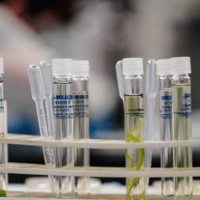
Biochemistry
- Bachelor of Science https://www.stmarytx.edu/academics/programs/environmental-science/ https://www.stmarytx.edu/wp-content/uploads/2019/11/environmental-science-ug-research-900×600-1.jpg

Chemistry
- Minor https://www.stmarytx.edu/academics/programs/environmental-science/ https://www.stmarytx.edu/wp-content/uploads/2019/11/environmental-science-ug-research-900×600-1.jpg
- Bachelor of Arts https://www.stmarytx.edu/academics/programs/environmental-science/ https://www.stmarytx.edu/wp-content/uploads/2019/11/environmental-science-ug-research-900×600-1.jpg
- Bachelor of Science https://www.stmarytx.edu/academics/programs/environmental-science/ https://www.stmarytx.edu/wp-content/uploads/2019/11/environmental-science-ug-research-900×600-1.jpg
- Teacher Certification https://www.stmarytx.edu/academics/programs/environmental-science/ https://www.stmarytx.edu/wp-content/uploads/2019/11/environmental-science-ug-research-900×600-1.jpg

Physics
- Minor https://www.stmarytx.edu/academics/programs/environmental-science/ https://www.stmarytx.edu/wp-content/uploads/2019/11/environmental-science-ug-research-900×600-1.jpg
- Bachelor of Arts https://www.stmarytx.edu/academics/programs/environmental-science/ https://www.stmarytx.edu/wp-content/uploads/2019/11/environmental-science-ug-research-900×600-1.jpg
- Bachelor of Science https://www.stmarytx.edu/academics/programs/environmental-science/ https://www.stmarytx.edu/wp-content/uploads/2019/11/environmental-science-ug-research-900×600-1.jpg
Related Stories
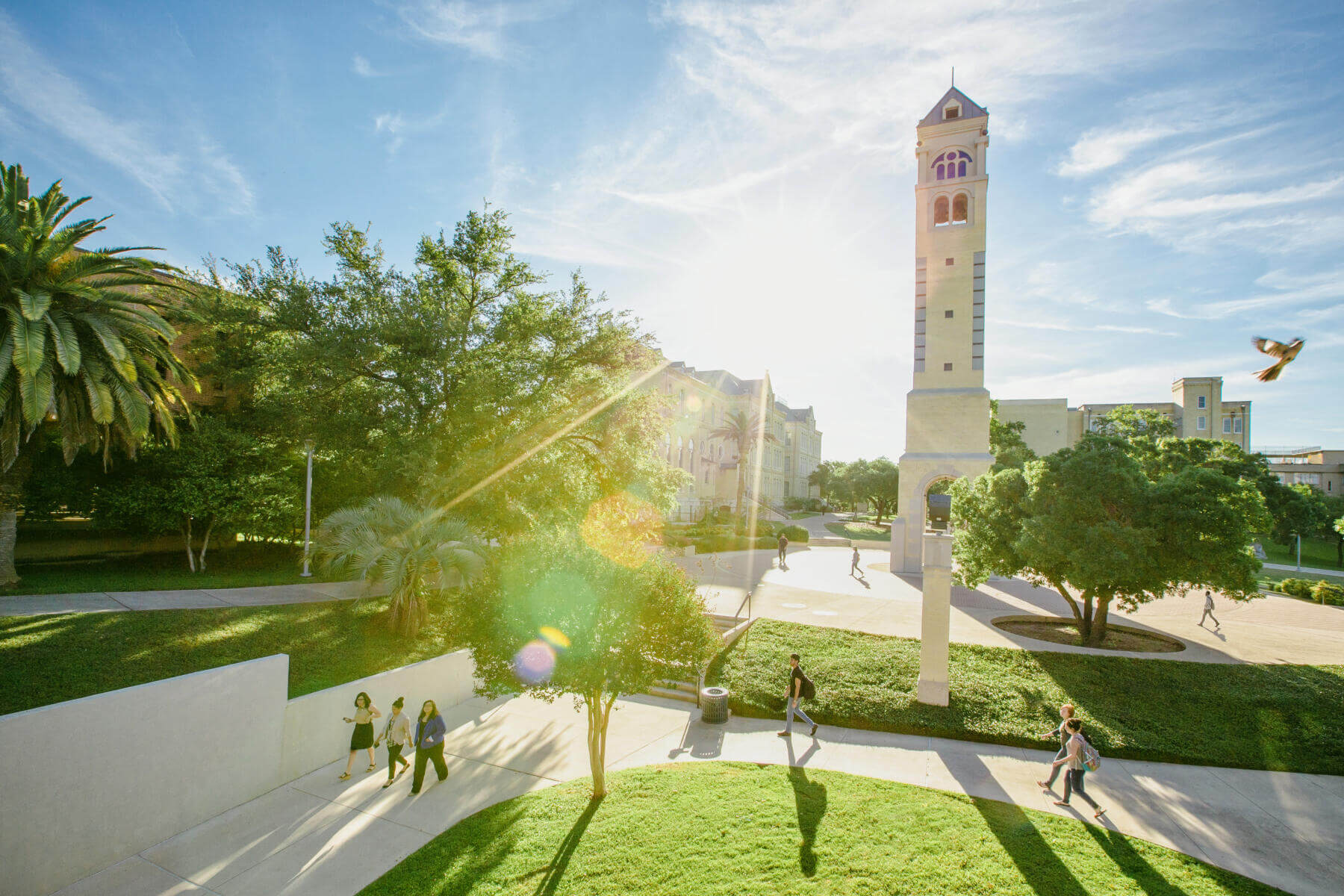
Learn More
We’re eager to hear from you and answer any questions you have! Feel free to reach out to learn more about St. Mary’s University.

